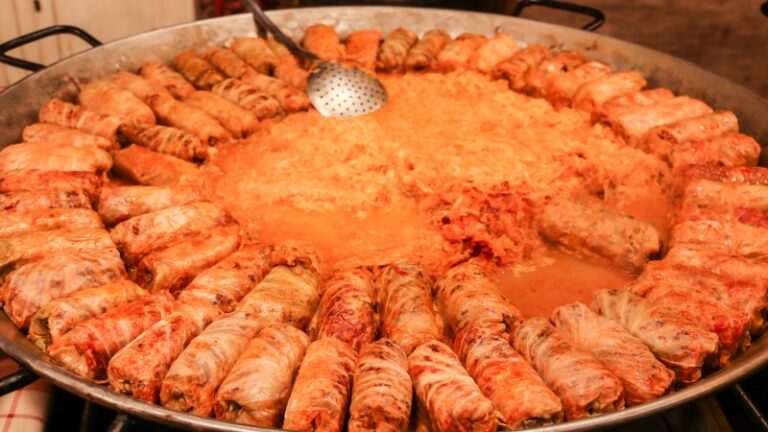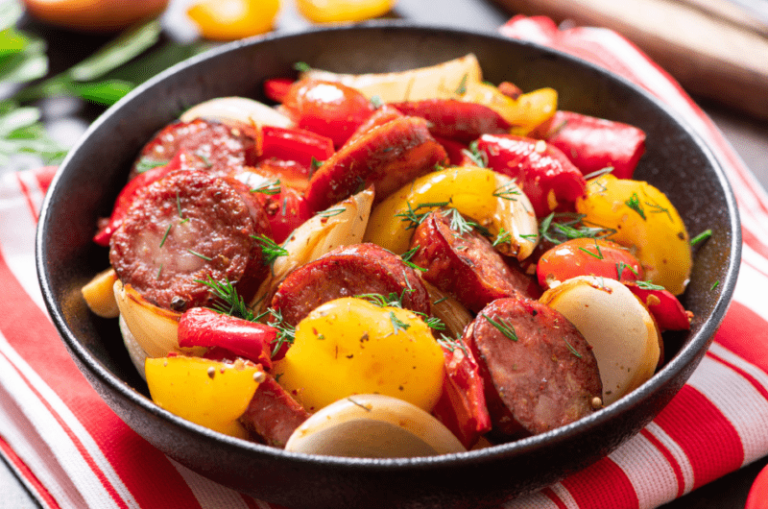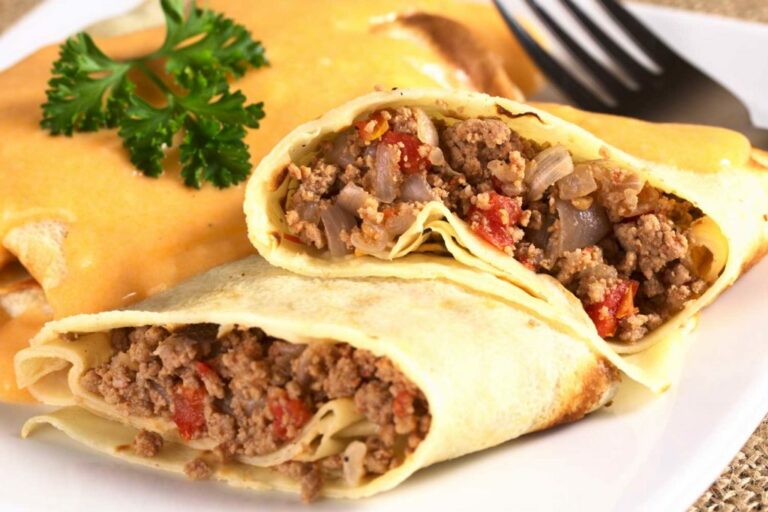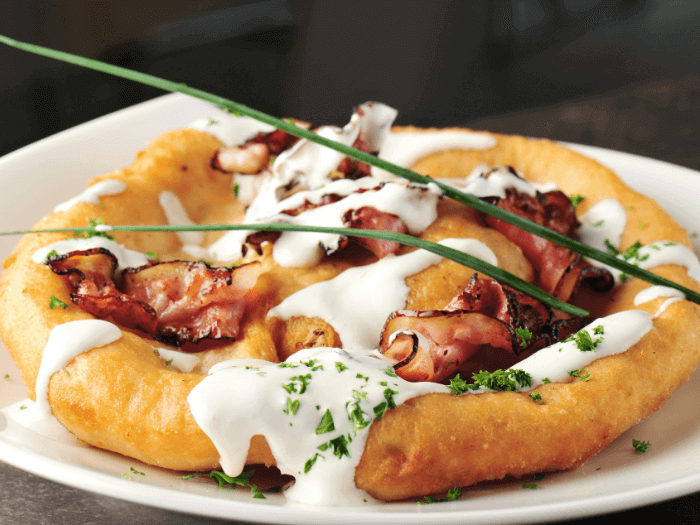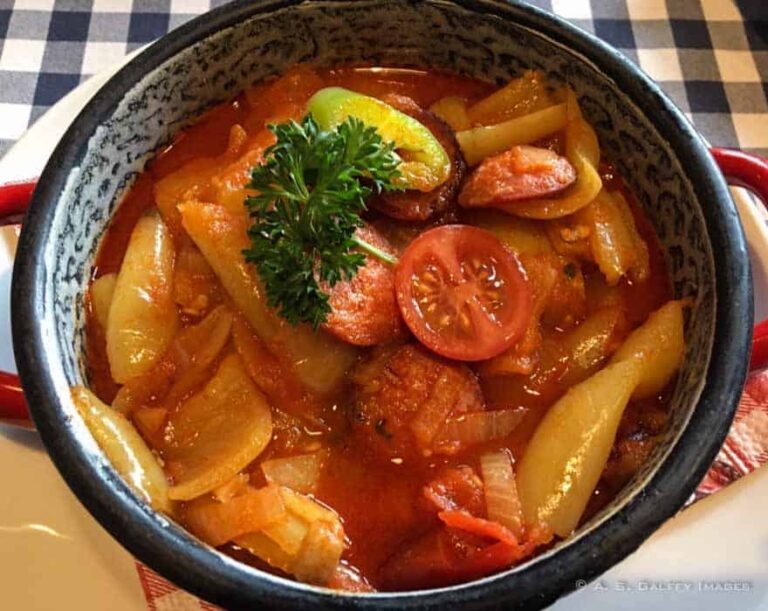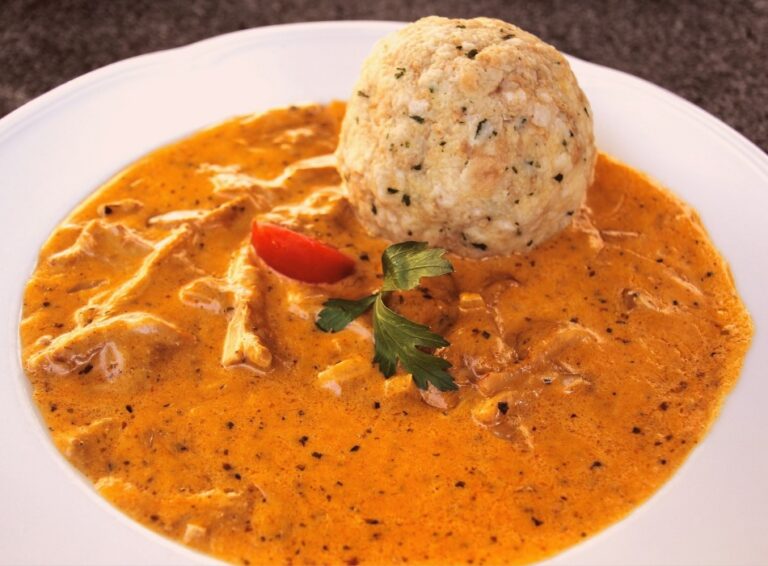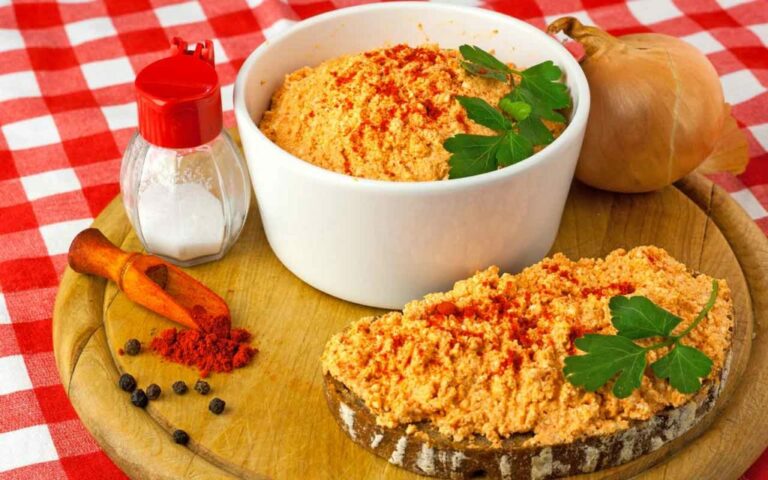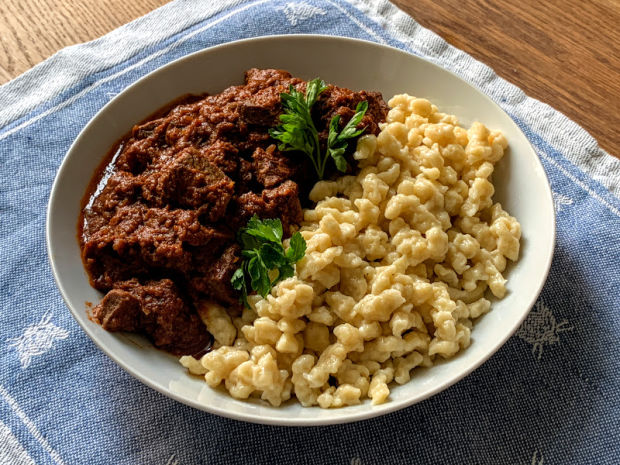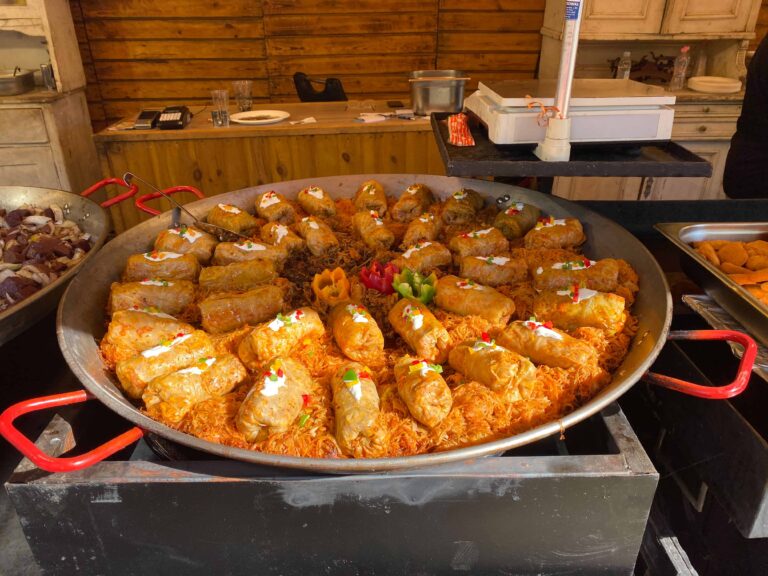Introduction
Hungarian cuisine is a fusion of Eastern European and Middle Eastern flavors with a touch of Western European culinary influences. It is characterized by its rich, hearty and savory taste which is perfect for colder weather. Hungarian cuisine has a long and varied history that dates back to the 9th century and has been influenced by various cultures and ethnic groups that have settled in Hungary throughout the centuries.
Influences on Hungarian cuisine
Hungarian cuisine has been influenced by a variety of cultures and ethnic groups, including the Turks, Austrians, and the Roma. The Ottoman Turks had the most significant impact on Hungarian cuisine, introducing spices such as paprika and cumin, which are now staples of Hungarian cooking. The Austrians also left their mark on Hungarian cuisine, particularly in the form of pastries and cakes, which are now popular desserts in Hungary. The Roma people, who have lived in Hungary for centuries, have also contributed to Hungarian cuisine with their traditional dishes and cooking techniques.
Traditional Hungarian dishes
Goulash is perhaps the most famous Hungarian dish, which is a beef stew with paprika and other spices. Another traditional dish is paprikash, which is a chicken or pork stew with a creamy paprika sauce. Langos, a deep-fried dough topped with sour cream and cheese or other toppings, is a popular street food in Hungary. Other notable dishes include stuffed cabbage rolls, fisherman’s soup, and chimney cake, a sweet pastry that is cooked over an open flame.
Popular ingredients in Hungarian cuisine
Paprika is the most famous ingredient in Hungarian cuisine, which is used in almost every dish. Other popular ingredients include sour cream, onions, garlic, caraway seeds, dill, and parsley. Hungarian cuisine also includes a variety of meats such as beef, pork, chicken, and game meats such as venison and wild boar.
Regional variations in Hungarian cuisine
Hungarian cuisine varies from region to region, and each region has its specialties. For example, in Transylvania, which is part of modern-day Romania, dishes such as chimney cake and stuffed cabbage rolls are popular. In the Great Plain region, goulash is a staple dish, while in the western region, dishes such as fisherman’s soup and sausage are popular.
Hungarian desserts and drinks
Dobos cake is a famous Hungarian dessert, which is a layered cake with chocolate and caramel. Other traditional desserts include strudels, which are filled with fruit, cheese, or poppy seeds, and pancakes, which are filled with sweet cheese or jam. Hungarian wines are also well-known, particularly Tokaji, which is a sweet dessert wine, and Egri Bikavér, which is a full-bodied red wine. Palinka, a fruit brandy, is also a popular drink in Hungary.
In conclusion, Hungarian cuisine is a unique blend of flavors and culinary traditions that have been influenced by various cultures and ethnic groups. From hearty stews to savory pastries and sweet desserts, Hungarian cuisine has something for everyone to enjoy.

